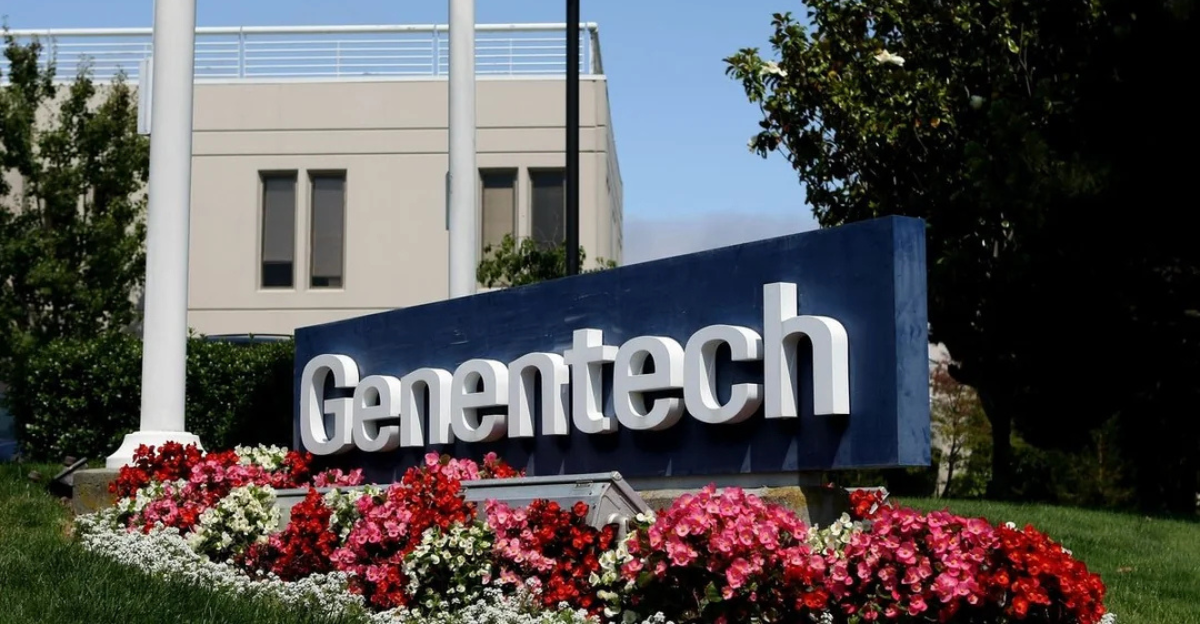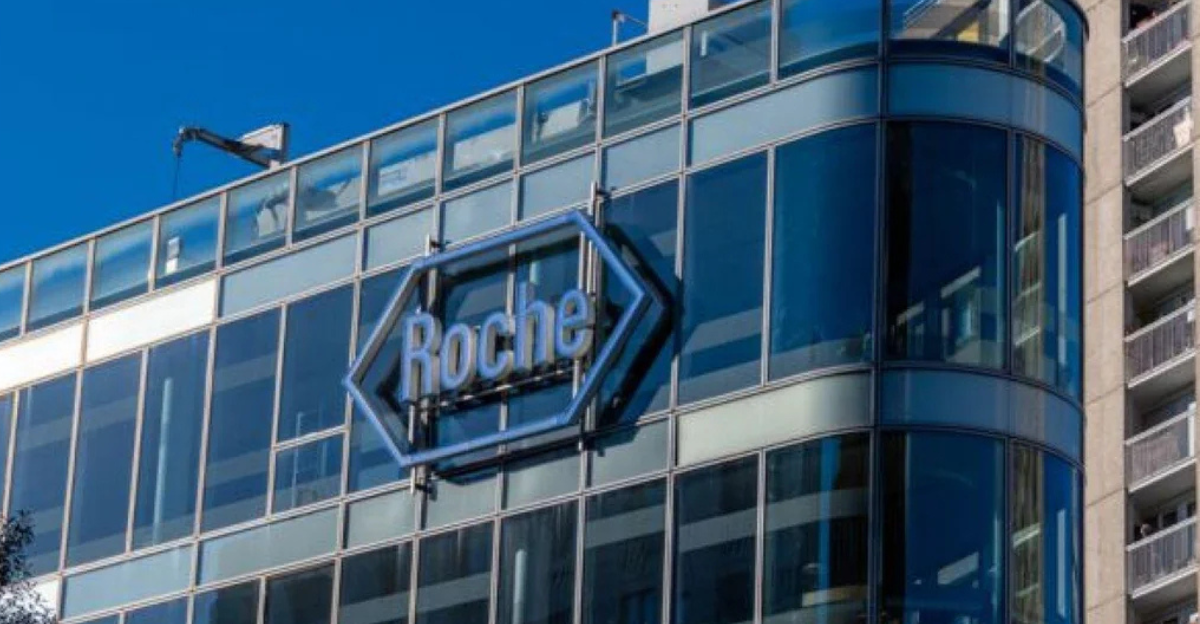
The announcement is, in one word… disheartening. In just over a year, this marks the third reduction by another 143 layoffs. It’s not just one department that’s affected, but multiple! While we’re talking about cuts, the company calls this a ‘strategic workforce planning exercise’. But, is it really? Optimising operations sounds good, it always does, yet this year this seems to be an ongoing theme. As the public, we can’t help but wonder. Shall we take a deep dive into what’s going on at the moment? More information is guaranteed below.
Genentech Does It Again

We’re talking engineering, AI, social media, clinical supplies; for starters. Genentech isn’t the only company turning to layoffs as a solution. Northern California in general has taken the initiative to cut 1,100 jobs over areas like biotech, retail, healthcare. No one seems safe. Genentech’s parent, Roche, and Kaiser, also joined the mass layoff process. But San Francisco’s economy is directly tied to biotech, which means it will definitely be affected. The question now: how far will downsizing go? Right now, the biggest question is: when will layoffs stop?
15 Months Of Layoffs

Genentech’s been cutting jobs since the middle of 2024. 436 in April 2024, 93 in August 2024… and 143 now. Each round focused on roles in research, tech, and operations. It’s a repeated process, not a one time thing. That means, first and foremost, resource realignment. Which also means that what we’re seeing now is very likely not to be the end of Genentech cutting from the size of their staff.
The Company Insists It’s About Restructuring

The parent company, Roche, denies that the cuts are reactionary to what’s currently going in the country. Instead, this is an “ongoing resource allocation to promising assets”. Genentech promises that the commitment to cancer research, neuroscience, and AI will not be affected by any changes the company is undergoing now. On the contrary, their main focus must be to find innovative approaches to these themes. Their intention now? To find talent by growing certain areas while winding down the less important ones.
Is The Staff Being Supported?

Genentech announced that with layoffs comes support. The employees directly affected by this change will receive severance pay, will continue getting certain benefits, and will be helped by outplacement services. The WARN notice offers timelines to guarantee smooth transitions. However, this is merely going to soothe the blow many are facing. Shifts in housing, and having to plan moves with a family connected to you, will be daunting no matter what. There’s a reason termination letters are the stuff of nightmares.
Bay Area Has To Be Ready For Fallout

Tech, as well as biotech dependent local economies will suffer. Fewer residents means that consumer spending will also be less, while the housing market is already under pressure. Coffee shops, restaurants, and rental properties are likely to take a hit around South San Francisco campuses. What’s interesting is that Roche still has open positions. 2,000 of them! Hence, a lot of people expect rehiring to take place. But, at the moment, everything is an assumption.
Biotech On Reboot Mode

Genentech isn’t alone in taking this approach, as we’ve already established. Bay Area biotech firms like Gilead, Genentech’s parent company Roche, and startups in San Francisco are laying off many of their staff. During the pandemic, there was a growth surge… but in 2025, that bubble’s being burst. Many companies started reacting to clinical trial setbacks while shifting R&D focus. Plus, this is about investor expectations. Now, they’re looking into leaner, more focused biotech models.
Corporate Investment While Cuts Are Happening

Despite the layoffs, Genentech and Roche are still investing. Right now, the attention is on capital projects, such as a multi-billion-dollar refresh of the 207-acre campus in South San Francisco. Another example is the $700 million manufacturing hub in North Carolina. This is quite the contrast when we’re looking at both the investments and the job cuts. This could very well mean that the changes are deliberate, not out of panic, but due to being strategic. One thing’s certain, they’re not struggling so much to focus on cost-saving.
What Employees Might Want To Do

Some employees are at risk, and by now, they would already know if they’re in the safe zone or not. But those who are uncertain should start updating their resumes and LinkedIn. Their lifeline could very well be the biotech clusters from San Diego, Boston, or North Carolina. While job hunting remains the best approach, knowing that Roche has 2,000 open positions might still interest many. The talent acquisition team can help with transferring into suitable roles. Options like internal moves or outplacement services would be fantastic, but for now? Keep options broad and never idealize one solution over all others
Local Pain, Long-term Gain?

After all, Genentech’s move is dramatic. The industry itself is being dramatic. But the motive itself appears pure: the prioritization of core science and innovation. It’s ruining the peace of many employees’ lives, so can it all be excused in the name of the greater good? If this works, we’re looking into stability, focus, and discoveries in cancer research and neuroscience. For the Bay Area, the challenge now is to soften the short-term impact as much as possible. Displaced workers should still be considered valuable resources and be offered the opportunity to grow.
